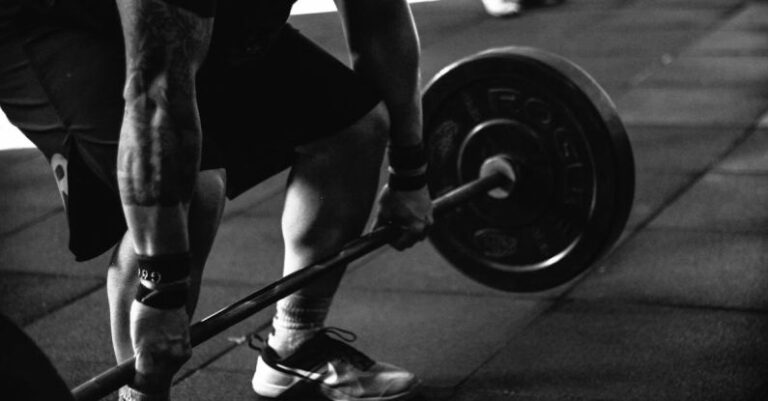
Bodyweight exercises are a fantastic way to build strength without the need for fancy equipment or a gym membership. By using just the weight of your own body, you can effectively target various muscle groups and improve your overall fitness level. Whether you’re a beginner looking to kickstart your fitness journey or a seasoned athlete wanting to mix up your routine, incorporating bodyweight exercises into your workout regimen can help you achieve your strength goals.
Benefits of Bodyweight Exercises
Bodyweight exercises offer numerous benefits that make them a valuable addition to any fitness routine. One of the primary advantages is that they can be done anywhere, anytime, making them perfect for individuals with busy schedules or limited access to a gym. Additionally, bodyweight exercises are functional in nature, which means they mimic movements you use in everyday life, helping to improve your overall strength and mobility. They also engage multiple muscle groups simultaneously, providing a full-body workout that can help you build strength and endurance efficiently.
Engage Your Core with Planks
Planks are a simple yet effective bodyweight exercise that targets your core muscles, including your abdominals, obliques, and lower back. To perform a plank, start in a push-up position with your hands directly under your shoulders and your body forming a straight line from head to heels. Engage your core muscles and hold the position for 30 seconds to a minute, focusing on maintaining proper form throughout. Planks can help improve your posture, strengthen your core, and enhance overall stability.
Build Upper Body Strength with Push-Ups
Push-ups are a classic bodyweight exercise that primarily target the muscles in your chest, shoulders, and triceps. To perform a push-up, start in a plank position with your hands slightly wider than shoulder-width apart. Lower your body towards the ground by bending your elbows, then push yourself back up to the starting position. Focus on keeping your core engaged and your body in a straight line throughout the movement. Push-ups can help you build upper body strength, improve muscular endurance, and enhance overall pushing power.
Enhance Lower Body Strength with Squats
Squats are a fundamental bodyweight exercise that targets the muscles in your legs, including your quadriceps, hamstrings, and glutes. To perform a squat, stand with your feet hip-width apart, then lower your body by bending your knees and pushing your hips back as if sitting into a chair. Keep your chest up and your weight in your heels as you lower down, then push through your heels to return to the starting position. Squats can help improve lower body strength, enhance lower body mobility, and increase overall lower body power.
Challenge Your Muscles with Lunges
Lunges are a dynamic bodyweight exercise that targets the muscles in your legs and glutes while also engaging your core for stability. To perform a lunge, step forward with one leg and lower your body until both knees are bent at a 90-degree angle. Push through the heel of your front foot to return to the starting position, then repeat on the other side. Lunges can help improve balance, strengthen your lower body muscles, and enhance overall leg strength.
Conclusion:
Incorporating bodyweight exercises into your workout routine is a cost-effective and efficient way to build strength and improve your overall fitness level. By utilizing exercises that leverage your body weight, you can target multiple muscle groups, enhance your functional strength, and achieve your fitness goals without the need for expensive equipment. Whether you’re a beginner or a seasoned athlete, bodyweight exercises offer a versatile and challenging workout option that can help you take your strength training to the next level.





